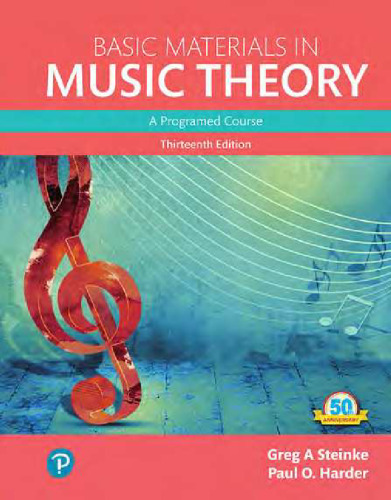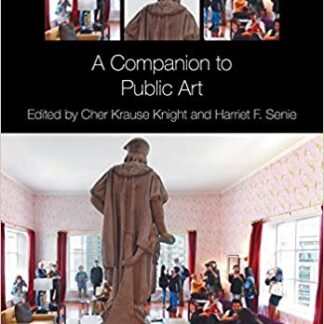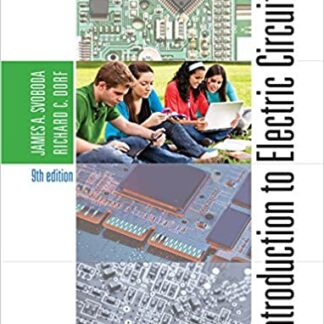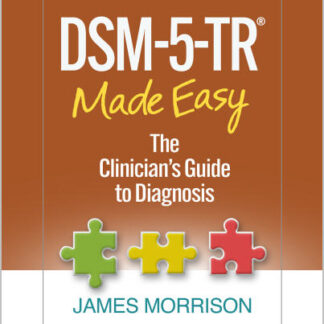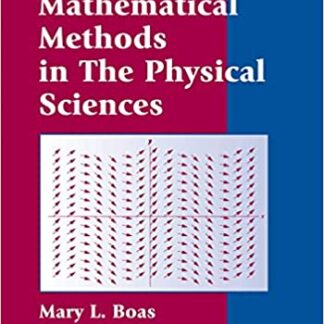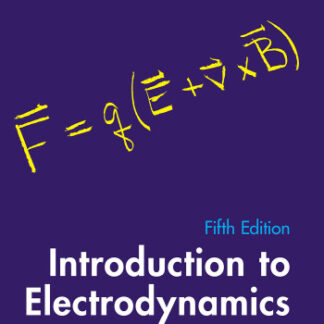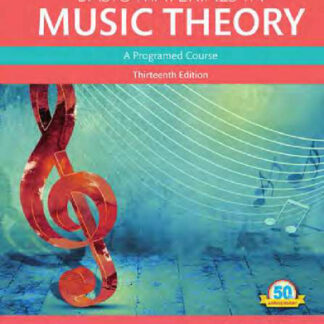Description
Basic Materials in Music Theory: A Programed Approach 13th Edition by Greg A. Steinke, ISBN-13: 978-0134419787
[PDF eBook eTextbook] – Available Instantly
- Publisher : Pearson; 13th edition (May 11, 2018)
- Language : English
- 416 pages
- ISBN-10 : 0134419782
- ISBN-13 : 978-0134419787
NOTE: This eBook is a standalone eBook and will not include any access codes.
For one-semester, freshman-level courses in Basic Musicianship, Music Fundamentals, or Music Foundations; and for graduate courses in theory review.
Core knowledge essential for those interested in pursuing the serious study of music
Basic Materials in Music Theory , 13th Edition, is an auto-instructional introduction to music fundamentals that lets readers work independently and at their own pace. Through a programmed format proven to be efficient and effective, readers can master the materials quickly and thoroughly. This allows instructors to concentrate on the more creative aspects of their course, creating a more productive and enjoyable learning experience both in and out of the classroom. This edition contains a wealth of lessons and exercises for readers, including new sample recordings to assist with ear training, and has been revised to increase overall clarity and reflect current trends.
Table of Contents:
Title Page
Copyright Page
Contents
Preface to the Thirteenth Edition
Preface to the Sixth Edition by the Original Author
How to Use This Text
About the Authors
1.0 The Basic Materials of Music: Time and Sound
Time and sound
Sound waves
Pitch
Intensity
Timbre
Harmonics
The harmonic series
Summary
Mastery Frames
Supplementary Activities
Supplementary Assignments
Ear-Training Activities
2.0 The Notation of Pitch
The staff
Notes: Symbols for tones
The basic scale
The treble clef
The bass clef
The C-clefs
Ledger lines
The grand staff
The ottava sign
Half steps and whole steps
Accidentals
Enharmonic notes
The chromatic scale
Pitch designations
Summary
Mastery Frames
Supplementary Activities
Supplementary Assignments
Ear-Training Activities
3.0 Time Classification
The beat
Meter
Simple and compound time
Borrowed divisions
Subdivisions of the beat
Summary
Mastery Frames
Supplementary Activities
Supplementary Assignments
Ear-Training Activities
4.0 Note and Rest Values
Relative value of notes and rests
The dot
Division of dotted and undotted notes and rests
Subdivision of dotted and undotted notes and rests
The unit in simple and compound time
Metronome indications
Terms that express tempo
Summary
Mastery Frames
Supplementary Activities
Supplementary Assignments
Ear-Training Activities for Chapters 4.0 and 5.0
5.0 Time Signatures
Time signatures in simple and compound time
Relation of time signatures to time classification
Common time
Alla breve
The tie
Rhythmic patterns
Syncopation
Summary
Mastery Frames
Supplementary Activities
Supplementary Assignments
6.0 Intervals
Harmonic and melodic intervals
Numerical classification of intervals
Compound intervals
Classification of intervals by quality
Inversion of intervals
Enharmonic intervals
Summary
Mastery Frames
Supplementary Activities
Supplementary Assignments
Ear-Training Activities
Additional Supplementary Activities
7.0 The Basic Scales
Structure of the basic scales
Modes
The keynote
Summary
Mastery Frames
Supplementary Activities
Supplementary Assignments
Ear-Training Activities
8.0 The Major Scale
Structure of the major scale
Use of accidentals to form major scales on any note
Summary
Mastery Frames
Supplementary Activities
Supplementary Assignments
Ear-Training Activities
9.0 The Minor Scales
The natural minor scale
The harmonic minor scale
The melodic minor scale
Diatonic and chromatic intervals
Summary
Mastery Frames
Supplementary Activities
Supplementary Assignments
Ear-Training Activities
10.0 Key Signatures
Key and tonality
Major key signatures
Relative keys
Minor key signatures
Use of accidentals to form the various minor scales
The circle of fifths
Enharmonic keys
Parallel keys
Summary
Mastery Frames
Supplementary Activities
Supplementary Assignments
Ear-Training Activities
Melodic Dictation
11.0 Triads
The tertian system
Basic triads
Major triads
Minor triads
Diminished triads
Augmented triads
Triads generated by major and minor scales
Summary
Mastery Frames
Supplementary Activities
Supplementary Assignments
Ear-Training Activities
Appendix A Music Theory Summary
Appendix B Piano Styles
Appendix C Orchestration Chart; Note/Octave, MIDI Charts
Glossary of Musical Terms
Bibliography for Further Study
Index
Back Cover
Dr. Greg A. Steinke holds a Bachelor of Music degree from Oberlin Conservatory, a Master of Music degree from Michigan State University, a Master of Fine Arts degree from the University of Iowa and a Doctor of Philosophy degree from Michigan State University. Dr. Steinke retired in June 2001 as Chair of the Art and Music Departments, Associate Dean for Undergraduate Studies, and as holder of the Joseph Naumes Endowed Chair in Music at Marylhurst University in Oregon. Formerly, he was Dean of the College of Fine Arts and Professor of Music at Millikin University, Director of the School of Music and Professor of Music at Ball State University, Assistant Director of the School of Music at the University of Arizona, Chairman of the Music Department at San Diego State University, Director of the School of Music at the University of Idaho, and Chairman of the Music Department at Linfield College. He has also been a faculty member at Northern Arizona University, The Evergreen State College, California State University, Northridge, and the University of Maryland.
Currently, Dr. Steinke is a freelance composer, writer, oboist and conductor. He is the author of numerous articles, has done the revisions to Paul Harder’s Basic Materials in Music Theory (7th through 12th Editions), Harmonic Materials in Tonal Music (6th through 10th Editions), Bridge to Twentieth Century Music (revised edition), and, with H. Owen Reed, Basic Contrapuntal Techniques (revised edition, Alfred Music). He holds membership in a number of professional organizations and served for 9 years (3 terms, 1988 to 1997) as the President and National Chairman of the Society of Composers, Inc. Professor Steinke is active as a composer of chamber and symphonic music with a number of published works, as a speaker on interdisciplinary arts and as an oboe soloist specializing in contemporary music.
Dr. Paul O. Harder, deceased, received a Master of Music degree in Music Theory from the Eastman School of Music, University of Rochester, where he performed as oboist with the Rochester Philharmonic Orchestra. Later, as a fellowship student at the University of Iowa, he received his PhD in Music Composition. He studied composition with Mlle. Nadia Boulanger at the École des Beaux Arts de Fontainebleau, France, and at the Royal Academy of Music in Copenhagen, Denmark. Dr. Harder held the post of Chairman of Music Theory at Michigan State University before becoming Assistant Vice President and Professor of Music at California State University, Stanislaus. He was a Professor Emeritus at Michigan State University. In addition to approximately 50 compositions for a variety of media including orchestra, band, chorus, and chamber groups, Dr. Harder was the author of Harmonic Materials in Tonal Music, Parts I and II, through the 5th Edition; Basic Materials in Music Theory, through the 6th Edition; Music Manuscript Techniques, Parts I and II; Bridge to Twentieth Century Music, through the 1st Edition; and as co-author (with H. Owen Reed), Basic Contrapuntal Techniques. All were published by Allyn & Bacon.
What makes us different?
• Instant Download
• Always Competitive Pricing
• 100% Privacy
• FREE Sample Available
• 24-7 LIVE Customer Support

